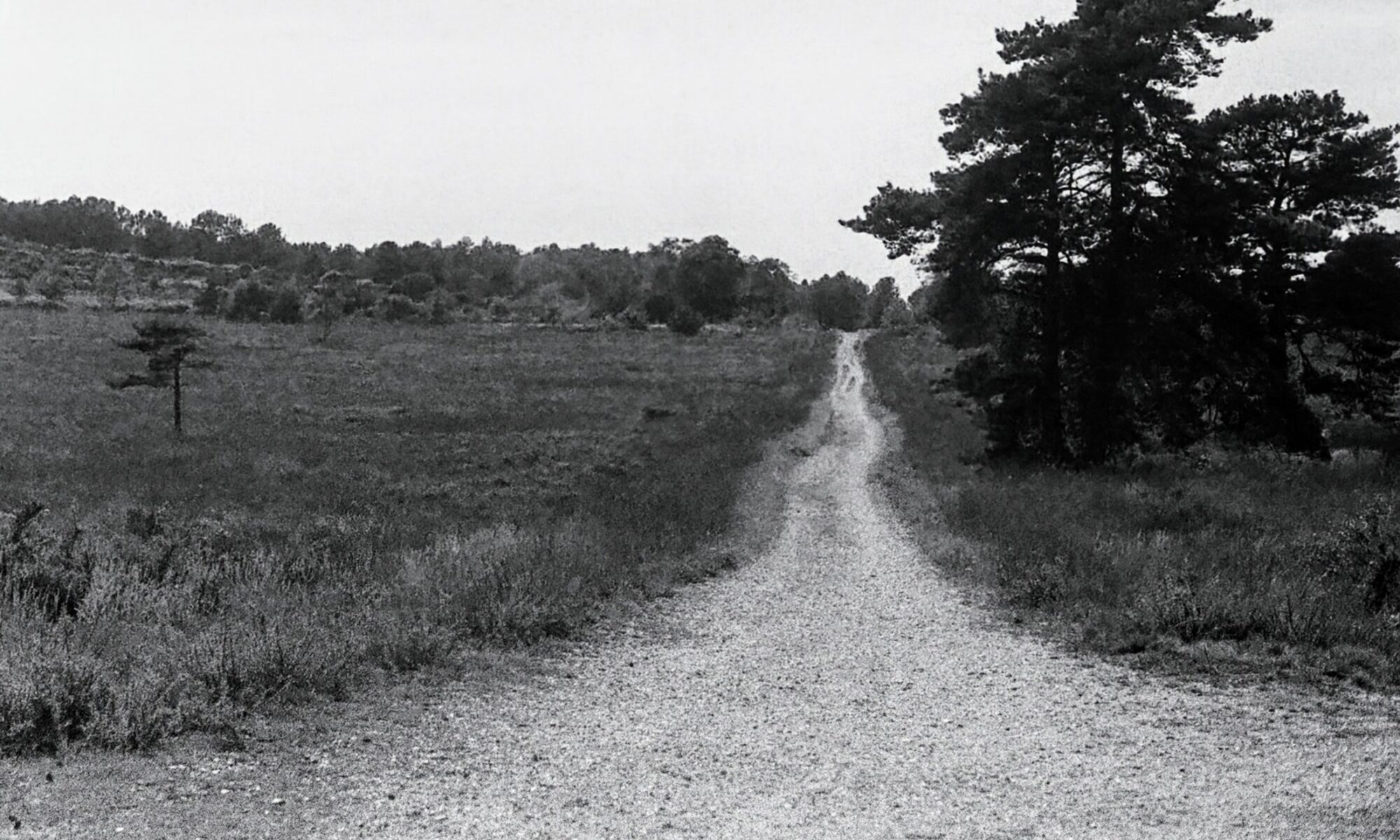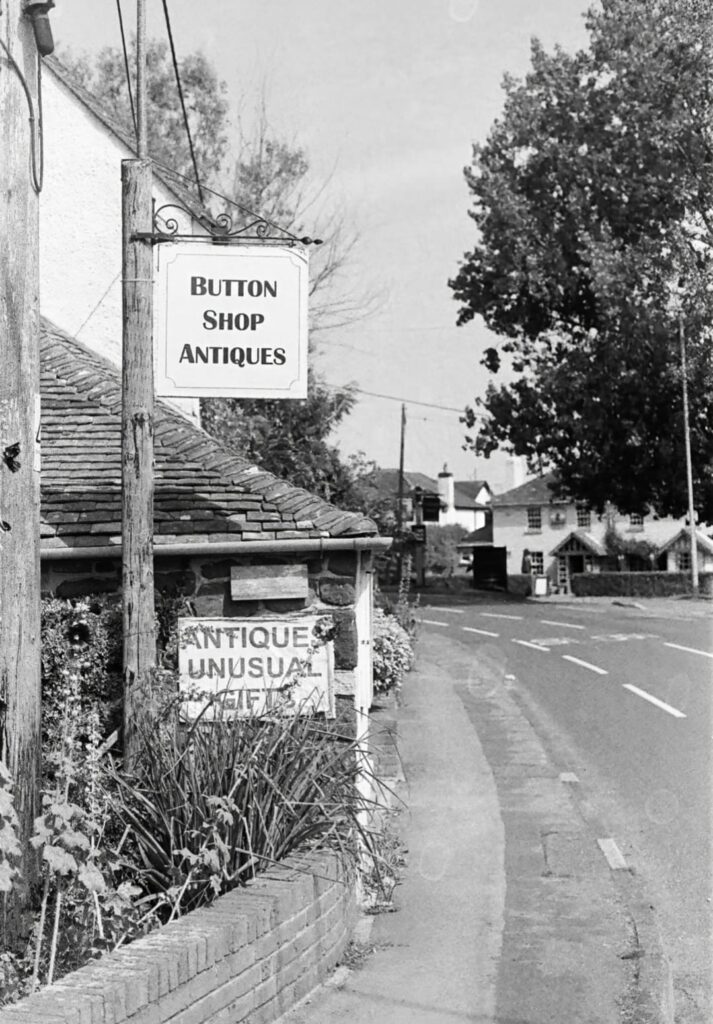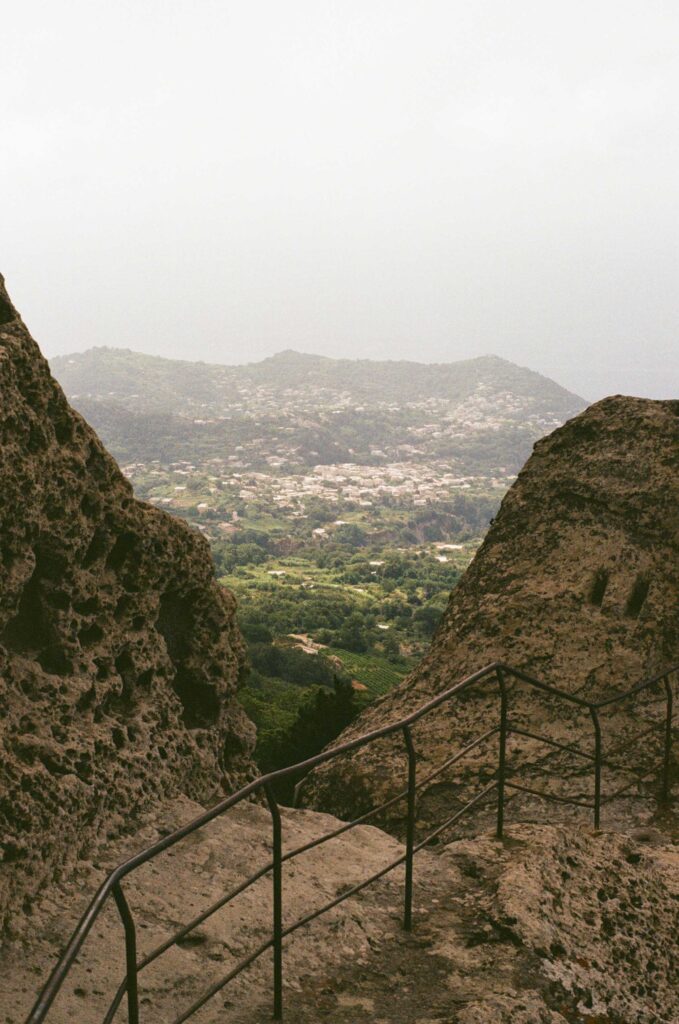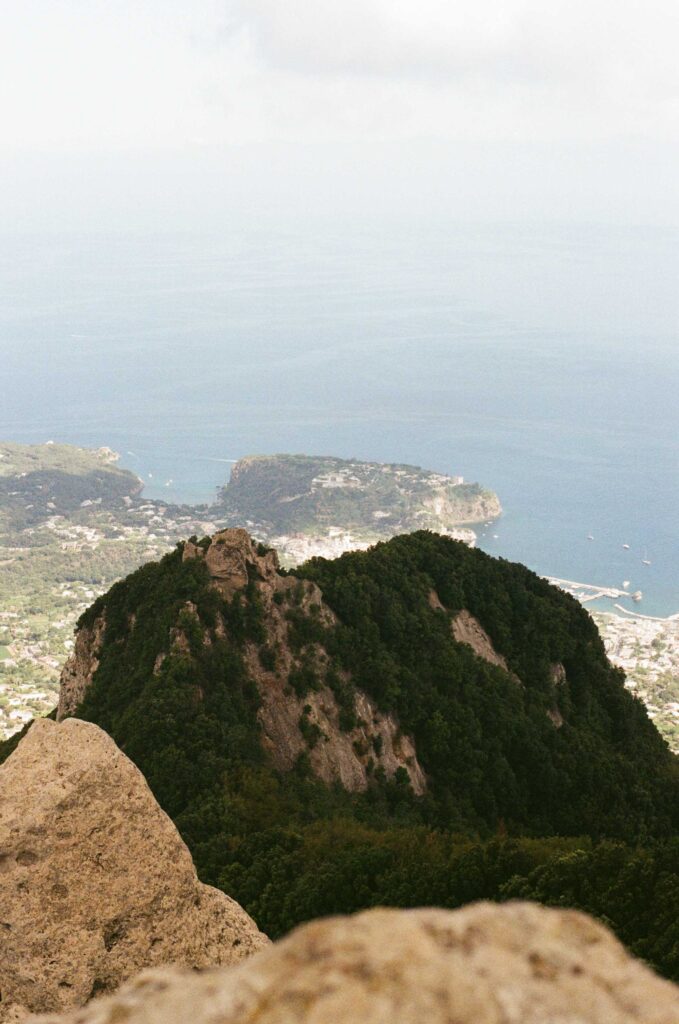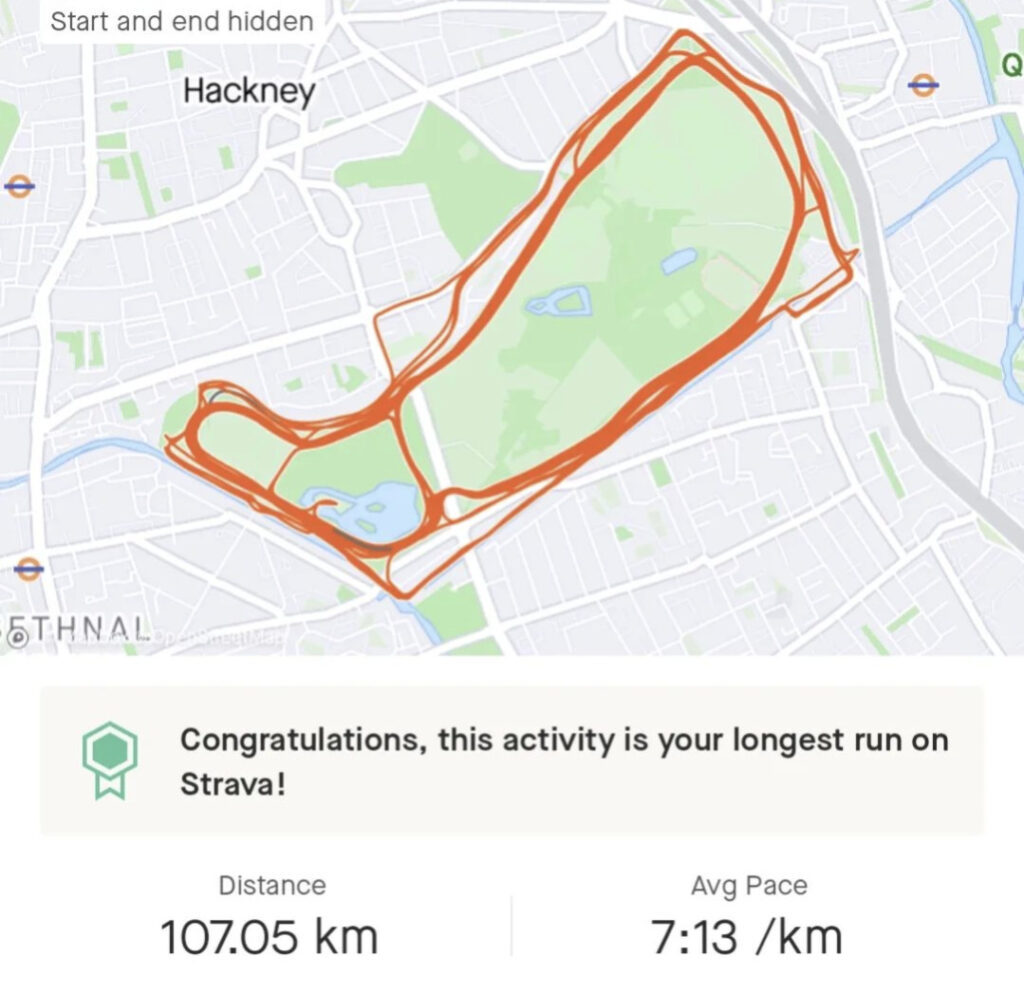By Joshua Geer.
To be brutally honest, cycling has always been a bit of a turn-off for me.
Maybe it was the Lycra. Maybe the saddle soreness. Maybe the gear costs that rival the GDP of small nations. I’ve always admired the idea of moving far under your own steam, but bikes? Somehow, they didn’t quite fit.
Yet, in hindsight, my aversion was likely misplaced. I’ve happily splurged on running, hiking, and camping kit. I love big days out and seeking out bigger horizons. The logic held: if I enjoy adventuring on foot, why not on two wheels?
Until now, my cycling CV consisted of some childhood mountain biking on family trips and a 6km round-trip commute through Bishopsgate’s tangle of red lights and London grit. So, I figured let’s combine cycling with camping and go “bikepacking”.
I roped in my friend Max, a kindred spirit, and we plotted a manageable route: London to Cambridge over two days, sticking mostly to off-road tracks and totting up to around 70 miles. We were joined by our friend Oli, a much stronger cyclist who hadn’t bikepacked before, but could probably knock out the whole journey before lunch.
We met in Springfield Park, Hackney. It was a drizzly but mild Saturday. Standing on the park’s crest, we looked down across the Lea Valley, a sliver of wilderness threading north from the city guided by the River Lea – a green artery leading out of Londod.
Our bikepacking gear was cobbled together from Decathlon bargains, Facebook Marketplace finds and borrowed kit. Somehow, we looked surprisingly competent. Everything we needed strapped to frames and racks, we dropped down to the towpath and joined the river just south of Tottenham.
The ride out of London is industrial at first – old mills, canal locks and the stench of Walthamstow breweries still clinging to the brickwork. But soon enough, there’s that threshold moment where you duck under the M25 at Waltham Cross. It’s always a familiar feeling. Beyond the motorway, the world softens, trees thicken and sounds change.
The Lea Valley Park opened up like a rural superhighway, wide and green and gently pulsing northward. After 25km, we pulled into a country park café for tea and sausage rolls. One of the joys of cycling compared to running is you can eat what you want without the obvious gastric consequences.
A puncture struck Max’s rear wheel just before reaching the café. Oli and Max got to work while I supervised heroically from the café bench. Within minutes we were rolling again, spirits high, tyres pumped.

Then came Penny’s Hill. Modest in name, but a tad steep. I was missing a few low gears (and possibly a few fitness levels), so I crawled up it in low spirits and high heart rate.
But cresting the hill, I remembered from my childhood one of cycling’s top pleasures: the glorious, juvenile thrill of bombing downhill. I cannot name many joys that match it.
The River Lea slowly narrowed as we passed through a patchwork of bridges, locks, and bucolic lanes. The sunshine lured half of Hertfordshire to the riverside, and we encountered the inevitable pedestrian scowls. No amount of bell ringing or apologies can satisfy a canal-path cyclist hater. Still, we smiled and pedalled on.
We reached Ware by lunchtime — a handsome town — and stopped at a waterside inn. We devoured burgers, nachos, and beer under a summer haze, then raided the local Sainsbury’s for camping rations.

Leaving the river behind, we followed bridleways and gravel paths, some barely maintained, others crumbling into cracked fields from weeks of sun. The final 20km into Ardeley were hillier, slower, and wilder. Oli soared. Max followed. I brought up the rear.

By the time we rolled into Ardeley, our camp spot, I was surprised by how good I still felt. Longest cycle of my life and still a bit of gas in the tank. We set up camp in the woods and wandered into the village — a postcard-perfect slice of English pastoral charm. Every time I visit a place like this, I wonder why I don’t just move to a town like it. Then I spot the red trousers, and the notice boards plastered with Middle England Tory slogans, and I remember exactly why I don’t.
Thatched cottages leaned beside a 13th-century church and a pub straight from central casting. The Jolly Waggoner delivered perfect pints under its 18th-century creaking beams.
We returned to the woods and made dinner over firelight, talking into the night. There’s an honesty around a campfire that doesn’t exist elsewhere. I slept well. There was light drizzle on canvas (one of my favourite sounds) and the temperature was in the Goldilocks zone: just right.

In the morning, we packed early, ate oats by the embers, and caught a tailwind out of camp. The trails were gentle and the morning light beautiful. After a few hills we coasted through fields and hedgerows into the outskirts of Royston, where new developments sprawled out in dull boxes. Lunch was in a half-finished shopping precinct on a road to nowhere, but calories are calories.

We hit a few more trails and farmers’ paths. Some were blocked by landowners who had greased gates and blockaded fences, which required a bit of scrambling and swearing, but we found our way through. The final miles towards Cambridge smoothed out, giving us paved roads and gentle gradients.
And then, at last, into Grantchester, just outside Cambridge, up along the Cam. The pint we had there was victory. Nothing could go wrong now, just three easy miles of paved cycleway into Cambridge.
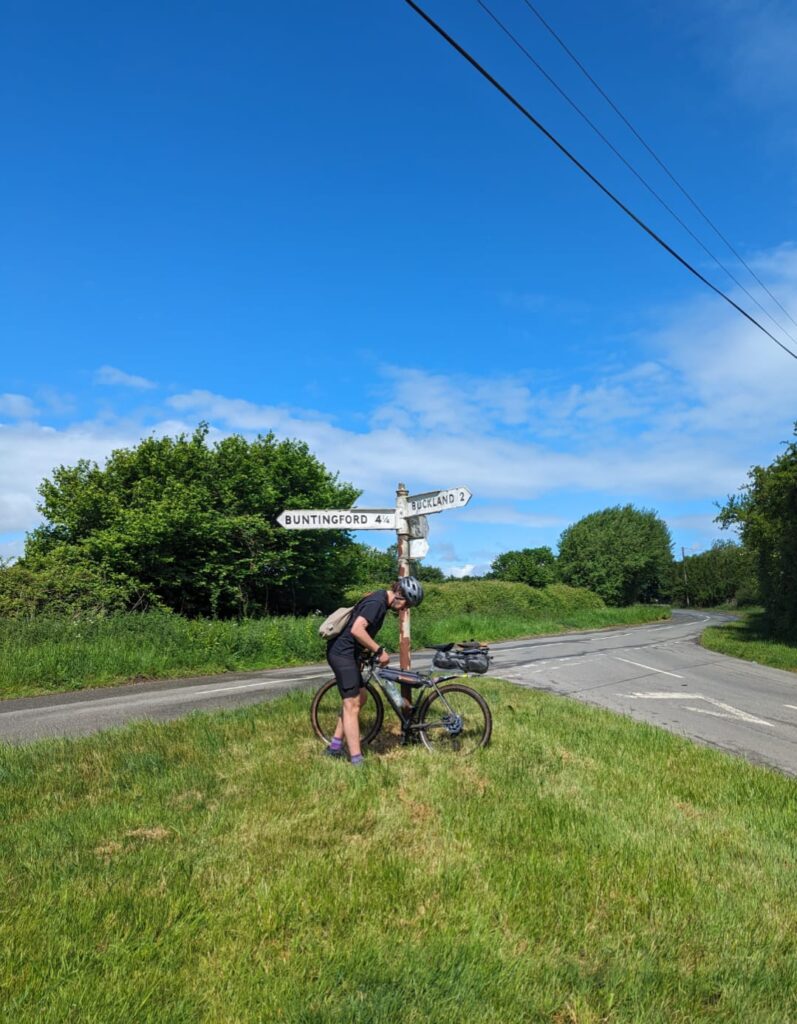
Justin, a friend, joined us for a pint and the final stretch. It was satisfying to know we had gone the whole way under our own steam.
At Cambridge Station, we took the obligatory photo. I know most people do this ride in a single day, but for me the real joy came from strapping what I needed to a bike and setting off, even for a short distance. It was enough to make me want more. Next time longer and further.
The train back to London took just 48 minutes. I was fined because the ticket app would not load my e-ticket, a final petty annoyance. But it only confirmed what I already knew. I would rather travel by bike.










